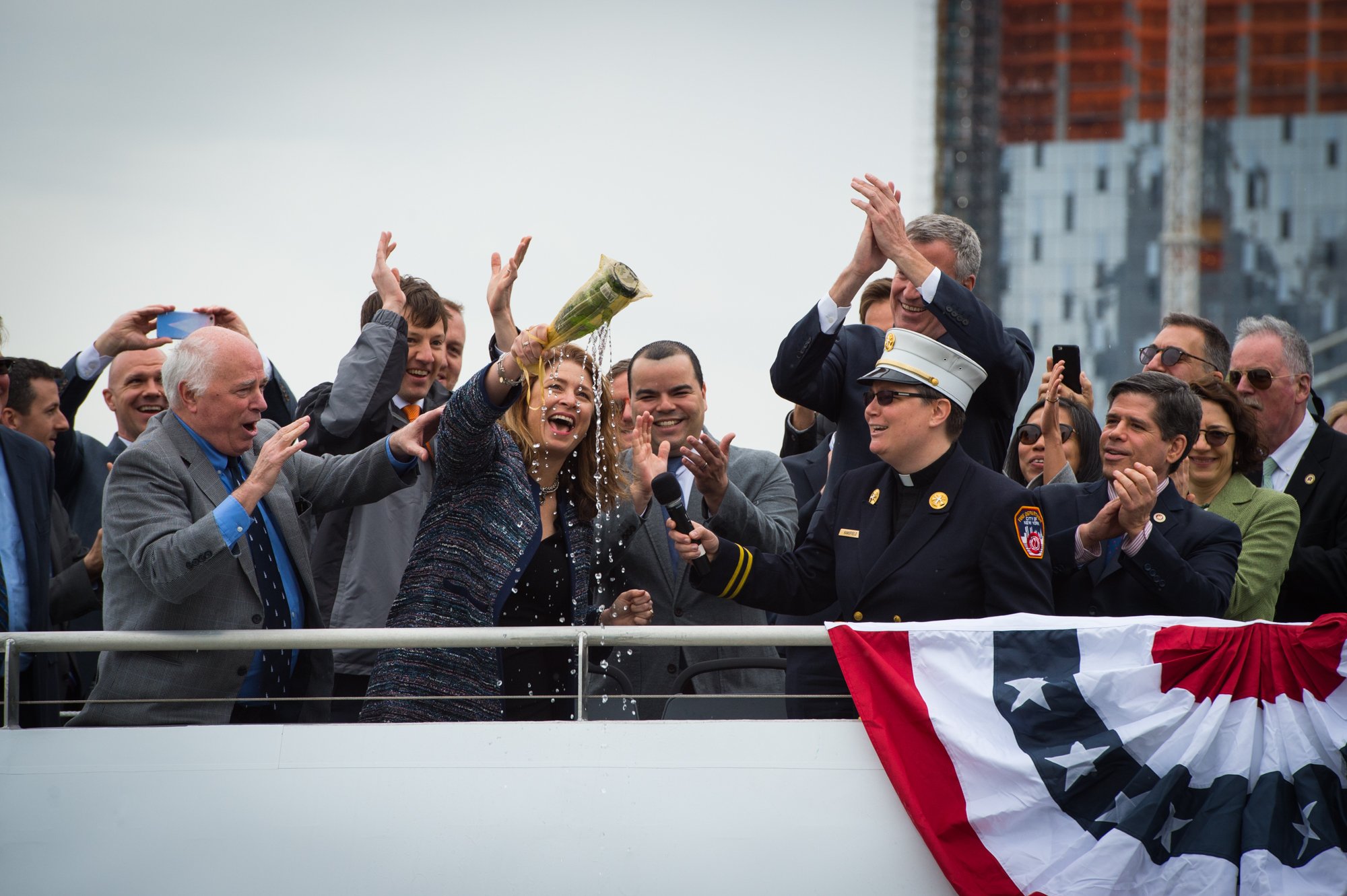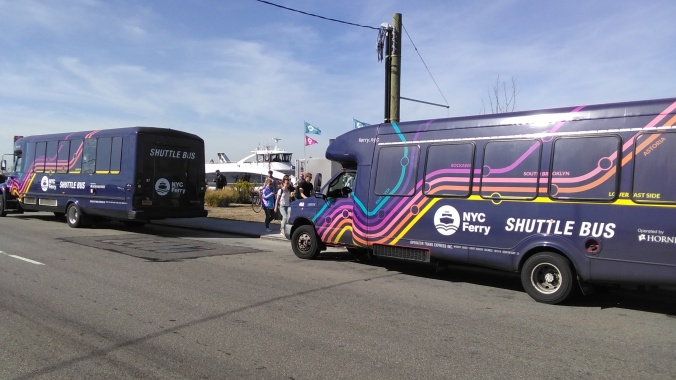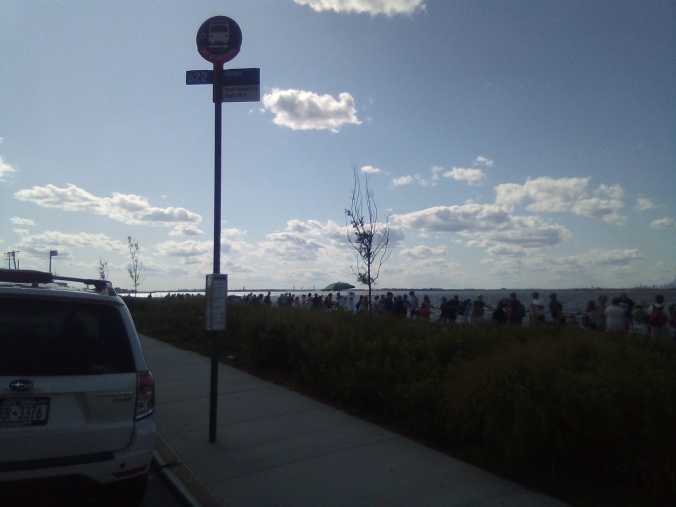
Hornblower Group, the San Francisco–based company that operates NYC Ferry, filed for bankruptcy yesterday, claiming it could not manage its roughly $1.2 billion of debt. One of its investors, the private equity firm Strategic Value Partners, agreed to acquire the company in a debt-for-equity swap that’s part of a larger restructuring, according to The Wall Street Journal.
Hornblower operates three primary divisions: an Australian company that seems to be doing well, a ferry and sightseeing division, and a luxury cruise division, American Queen Voyages. It’s this last unit, which mostly consists of old-timey paddlewheel riverboats, that Hornblower representatives in court said was the company’s “Achilles’ heel” that never recovered from the pandemic, according to Emily Lever of Law360. The company took on hundreds of millions of dollars in debt after its revenue dropped to $175 million in 2020 from $690 million just a year earlier.
Exactly how New York City’s ferry service fits into Hornblower’s restructuring is unclear. For now, CEO Kevin Rabbitt is adamant that service will not be affected, claiming the restructuring will allow Hornblower to eliminate debt unrelated to the ferry system while continuing “record growth across the five boroughs.” Indeed, a court filing described NYC Ferry as a bright spot in the company’s portfolio. Just last year Hornblower re-upped its contract with the Economic Development Corporation, the city nonprofit that oversees NYC Ferry, at $405 million over the next five years, with two optional three-year extensions. The EDC chose Hornblower despite a 2022 audit by comptroller Brad Lander that put the total taxpayer subsidy for ferry rides in 2021 at $12.88, nearly double the city’s previous estimate. (A 2019 study by the Citizens Budget Commission estimated taxpayers contributed ten times more to each ferry ride than each subway ride and, for a voyage on the ferry’s Coney Island route, taxpayers covered $24.75.) According to the EDC, the subsidy has since been reduced to $8.55 per ride.
Hornblower originally won the NYC Ferry contract in 2016 in a somewhat controversial deal. According to The City, Hornblower beat out a team of three local ferry operators, but Hornblower’s underbid came with a hidden cost. While the local operators had proposed using their own armada of water taxis, Hornblower asked taxpayers to front $232 million to buy 38 vessels and an additional $137 million at a later date for more boats. A spokesperson for the EDC at the time justified the arrangement, in part, by saying it was smart for the city to own its vessels — logic that flies in the face of the old adage that a boat is a hole in the water you throw money into.























